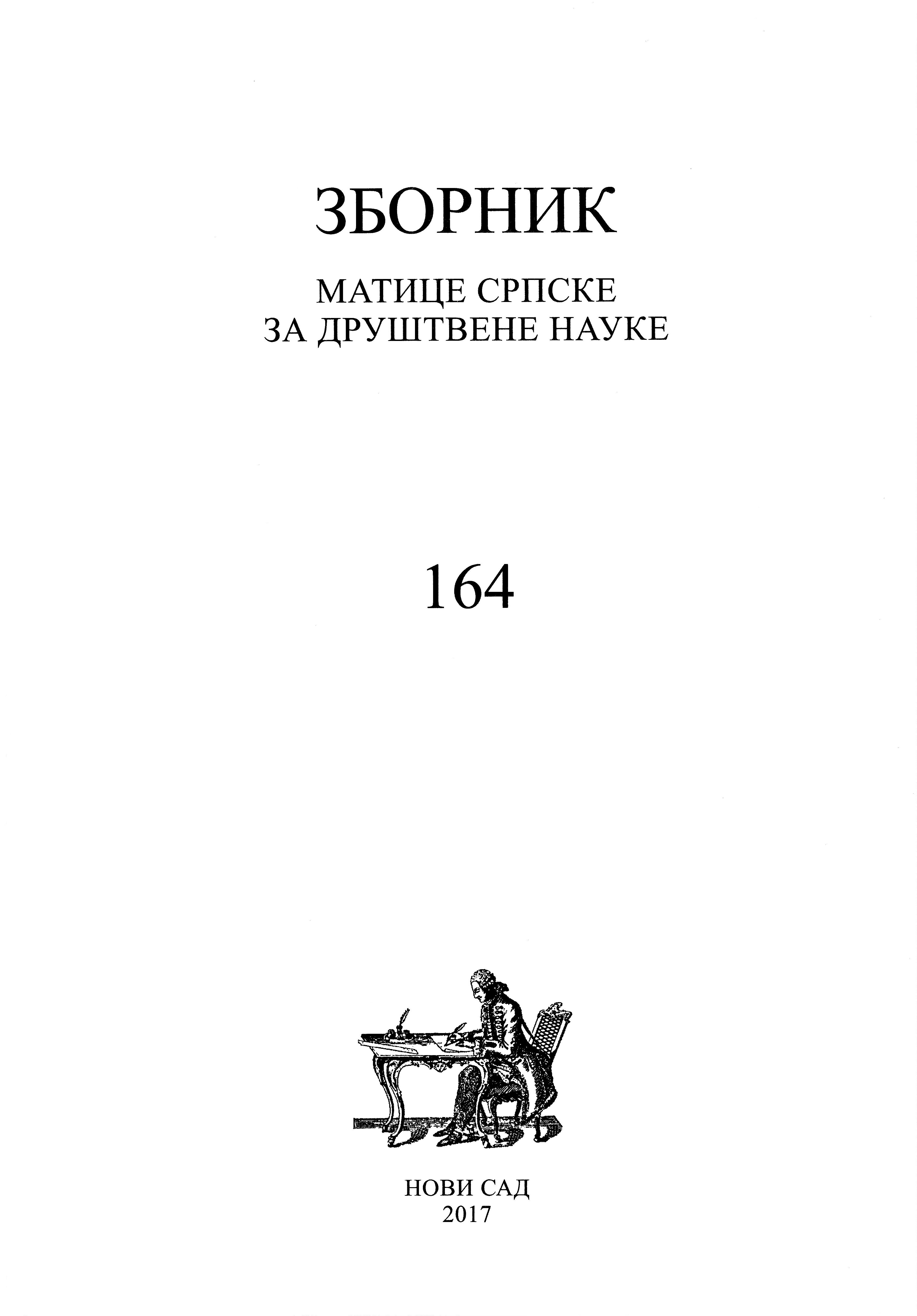Иконичност и каузалитет: о улози индексних семиотичких образаца у развоју византијске уметности
Icon(icity) and Causality: on the Role of Indexical Semiotic Modes in Development of Byzantine Art
Author(s): Todor MitrovićSubject(s): Cultural history, Visual Arts
Published by: Матица српска
Keywords: icon; relic; seal; iconoclasm; indexical sign; Theodore Stoudite; Mandylion
Summary/Abstract: Determined by its biblical origins, the birth of specifically Christian visual culture had to be given through overcoming the inevitable resistance of early church towards images. In order to find its stable place on late antique cultural scene, early byzantine art, thus, had to rely on support of religious and cultural patterns remote of magisterial artistic trends. Among those, contemporary theory recognizes as especially important: 1) cult of relics and 2) sealing practices. Crossing the possibility of theoretical definition of unique semiotic model standing behind those two cultural-religious practices with the fact that after iconoclasm byzantine art will be systematically distanced from both of them, this research attempts to explore the relation between iconophile theory and byzantine artistic production from a yet unexplored interpretative position. Hypothesis that category of indexical sign, as it is proposed by contemporary semiotics (based on Peircean legacy), can be used for extraction of this unique semiotic model is used here as a specific methodological tool for re-approach to both – 1) the pre-iconoclastic need for accentuating the indexical aspects of iconic images and 2) the mystery of post-iconoclastic radical distancing towards such a semiotic need. On the basis of such an integrated approach it is possible not only to search for more precise explanation of co-relations between artistic practices and contemporaneous (iconophile) theory, but to explain curious historical delay in application of this theoretic knowledge in artistic and liturgical realms, together with a late outburst of iconoclastic behaviour provoked by this very delay. Namely, one of the most prominent incarnations of pre-iconoclastic need for “indexicalisation” of iconic medium, the mysterious Mandylion from Edessa, had very curious role in historical development of post-iconoclastic plastic arts in Byzantium. This specific object was miraculously and undividedly uniting both key indexical aspects of pre-iconoclastic cognitive settings in one icon – causally connected with the archetype himself. However, exactly this kind of synthetic, relic-seal-image status turned out to be the specific semiotic stumbling stone in the process of application of iconophile theory in liturgical arts. This is why in XI century byzantine church decided to refrain Mandylion from public life for good and lock it in court chapel, under the protection of the emperor himself. As one of the most curious theological decisions of medieval Christianity, this extraordinary semiotic conversion was, actually, the final step in application of the most advanced achievements of the late iconophile theory, which was, at the same time, the first step in development of artistic system relaxed from the pressure of need for legalistic, causal validation of pictorial language.
Journal: Зборник Матице српске за друштвене науке
- Issue Year: 2017
- Issue No: 164
- Page Range: 711-726
- Page Count: 16
- Language: Serbian

